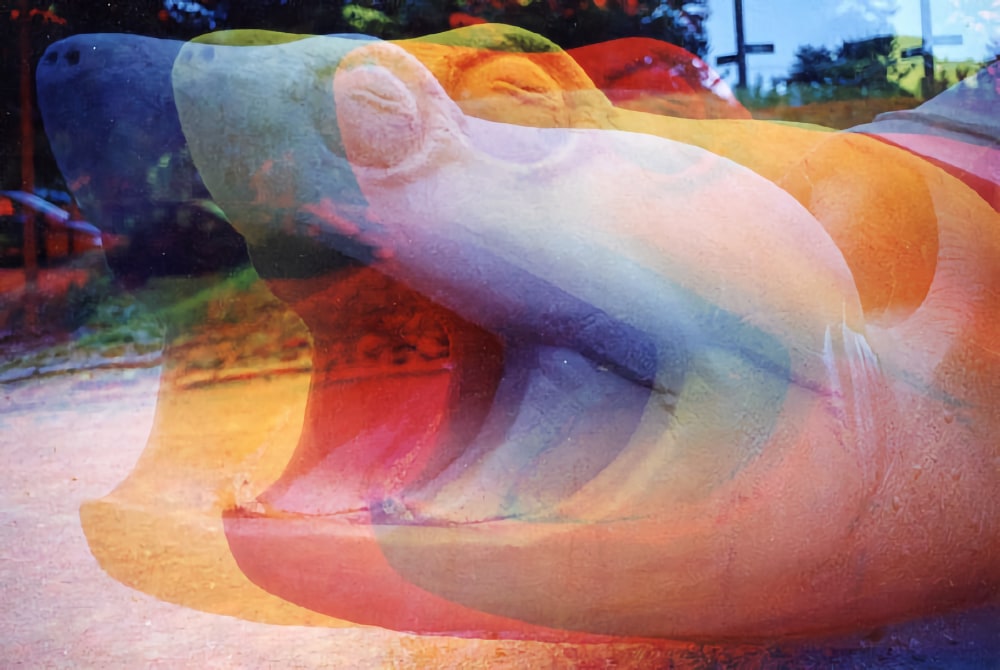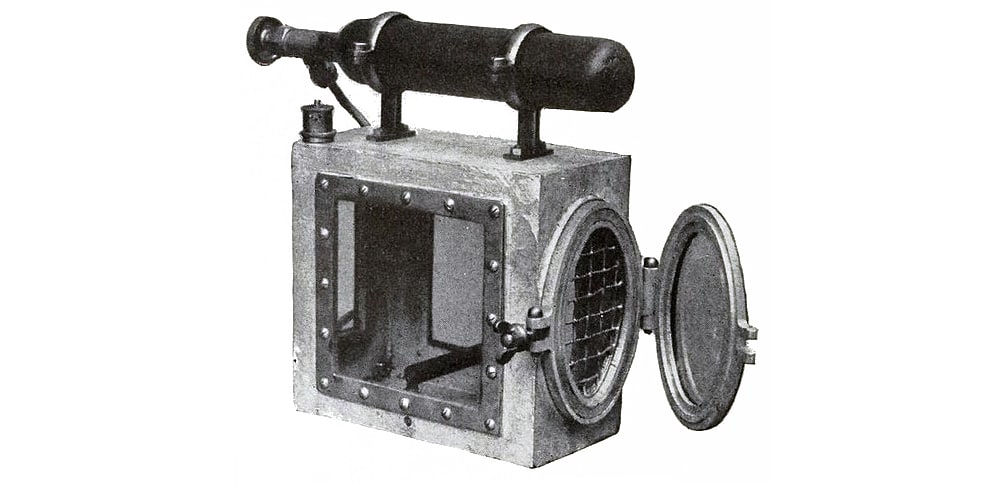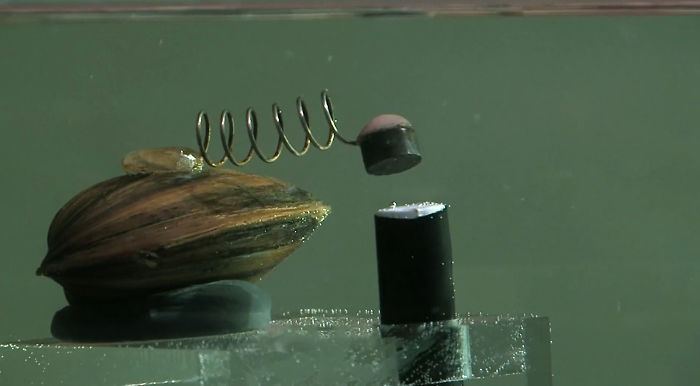⪮ Good Morning

No matter how smart we think we are or how much technology advances, sometimes nature already has the best tools for the job!
Here are four examples of how humans have teamed up with animals for protection.

🐤🪨⛏️ Canary in the Coal Mine
Perhaps the most famous biomonitor is the canary in a coal mine. In the 20th century, coal miners in the US and UK would bring a small canary in a cage into the mine with them.
The canary was more susceptible to toxic gases, such as methane and carbon monoxide, than the miners. If the canary became ill, it alerted miners to the presence of dangerous gases, giving them a chance to escape or put on protective respirators.
ACS Publications - Experiments with Small Animals and Carbon Monoxide by George A. Burrell and Frank M. Seibert (01914)
https://pubs.acs.org/doi/pdf/10.1021/ie50063a027
🐀💥 African giant pouched rats
These "super rats" have an extraordinary sense of smell, allowing them to detect explosives, smuggled rhino horns, pangolin scales, and hardwood — even when hidden in washing powder, peanuts, and other masking agents. They can even detect them through vents in shipping containers.
Rats trained for this work can remember contraband scents for up to eight months, similar to sniffer dogs. When searching for landmines, a single rat can cover over 2,000 square feet (200 square meters) in 20 minutes — an area that could take a human up to four days. The drawback is the time commitment: it takes around nine months to train a rat, which typically has a lifespan of only eight years.
The Guardian - Rats trained to sniff out smuggled rhino horn and pangolin scales
https://www.theguardian.com/environment/2024/oct/31/rats-trained-to-sniff-out-smuggled-rhino-horn-and-pangolin-scales
National Geographic - Meet the Giant Rats That Are Sniffing out Landmines
https://www.nationalgeographic.com/animals/article/151006-giant-rats-landmines-cambodia-science-animals
🐝 Bomb Sniffing Bees
In 02006, scientists at the Los Alamos National Laboratory announced that they had trained bees to detect explosive materials. In comparison to sniffer dogs, which take around six months to train and achieve an accuracy rate of about 75%, bees can be trained in just ten minutes and boast nearly 98% accuracy.
World Bee Project - Training bees to detect bombs
https://worldbeeproject.org/2023/06/08/training-bees-to-detect-bombs/

🦪 Polish clean water clams
The main water pump in Warsaw, Poland, uses eight clams to monitor water for toxins. Similarly, the Minneapolis Water Treatment and Distribution plant uses twelve mussels for biomonitoring.
These mollusks are highly sensitive to impurities, and they respond by shutting their shells. Monitoring the closure is a direct method of activating alarm systems when toxins are detected.
YouTube - Tom Scott: Is Poland's tap water really protected by clams?
https://www.youtube.com/watch?v=i0RkEs3Xwf0
CBS News - Check Out These Mussels
https://www.cbsnews.com/minnesota/news/mussels-helping-monitor-water-quality-in-minneapolis/
Vimeo - Fat Kathy - Trailer
https://vimeo.com/398813930